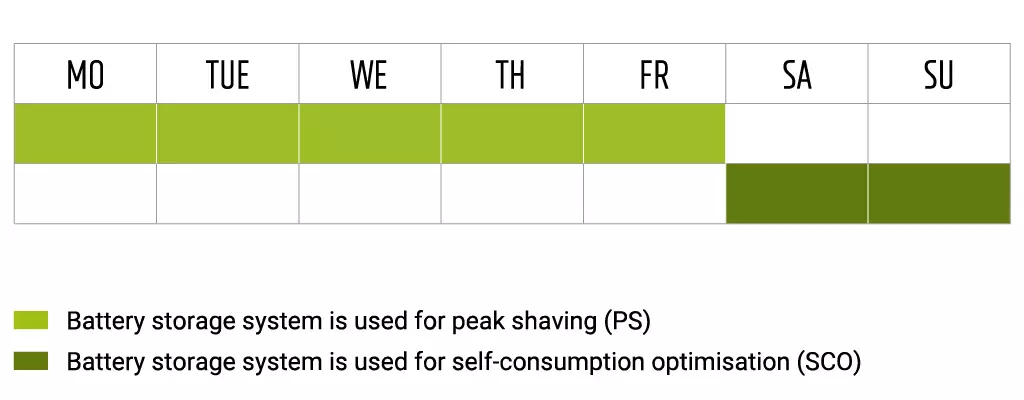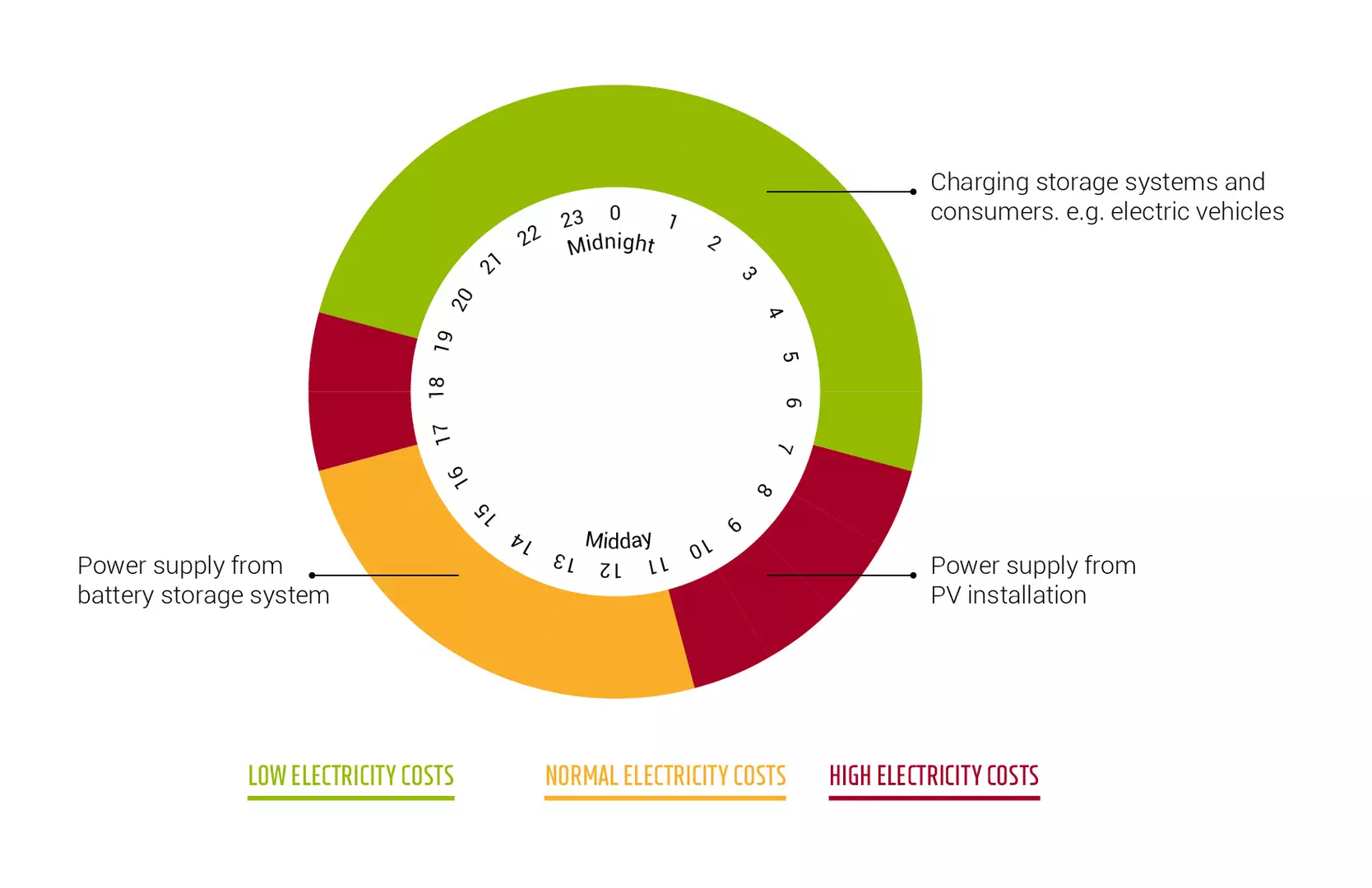MEASURING AND OPTIMIZING ENERGY TIME OF USE (TOU)
Time of Use (ToU) is the energy rate division based on when the energy is consumed. ToU is how utility providers attempt to reduce demand during peak periods by implementing a pricing structure that charges higher rates during typical peak consumption times.
ToU is divided into three structures or groups, with various names related to peak, off-peak, and mid-peak times. These ToU groups can vary by region and are increasingly being implemented in utility electricity rates.
BENEFITS OF TOU SOLUTIONS FOR BUSINESSES
- Reduce Energy Costs
- Improve Environmental Sustainability
- Optimize Energy Management
- Enhance Production Processes
- Increase Resource Management Flexibility
1. Optimize the Use of Renewable Energy
- Encourage Usage When Available: Renewable energy sources, such as solar or wind, are unstable and dependent on environmental conditions. ToU models can encourage consumers to use energy when renewable sources are most abundant, such as midday for solar power, reducing strain on energy storage systems.
- Reduce Grid Load: By promoting energy usage during periods of abundant renewable energy, ToU helps decrease dependence on traditional energy sources and eases grid load during peak hours.
2. Effective Load Management
- Load Allocation: ToU can help adjust the amount of electric load consumed during different times of the day, aiding in managing the stress on the electrical system. For example, by applying higher rates during peak hours, consumers are encouraged to use less electricity or shift high-energy activities to lower-rate hours.
- Promote Efficient Energy Use: ToU encourages consumers to choose energy-efficient appliances and implement energy-saving measures to reduce electricity costs.
3. Compatibility with Energy Storage Systems
- Optimize Energy Storage Systems: Energy storage systems, like batteries, can be charged during low-rate hours (typically at night or when renewable energy is abundant) and use the stored energy during high-rate periods. This not only saves costs but also reduces reliance on the traditional grid during peak hours.
4. Encourage Technological Innovation
- Promote Innovation and Technology Adoption: The ToU model motivates businesses and households to invest in new technologies like smart control systems, automated electrical devices, and intelligent energy management solutions, thereby optimizing energy use and savings.

 Tiếng Việt
Tiếng Việt 中文 (中国)
中文 (中国)

